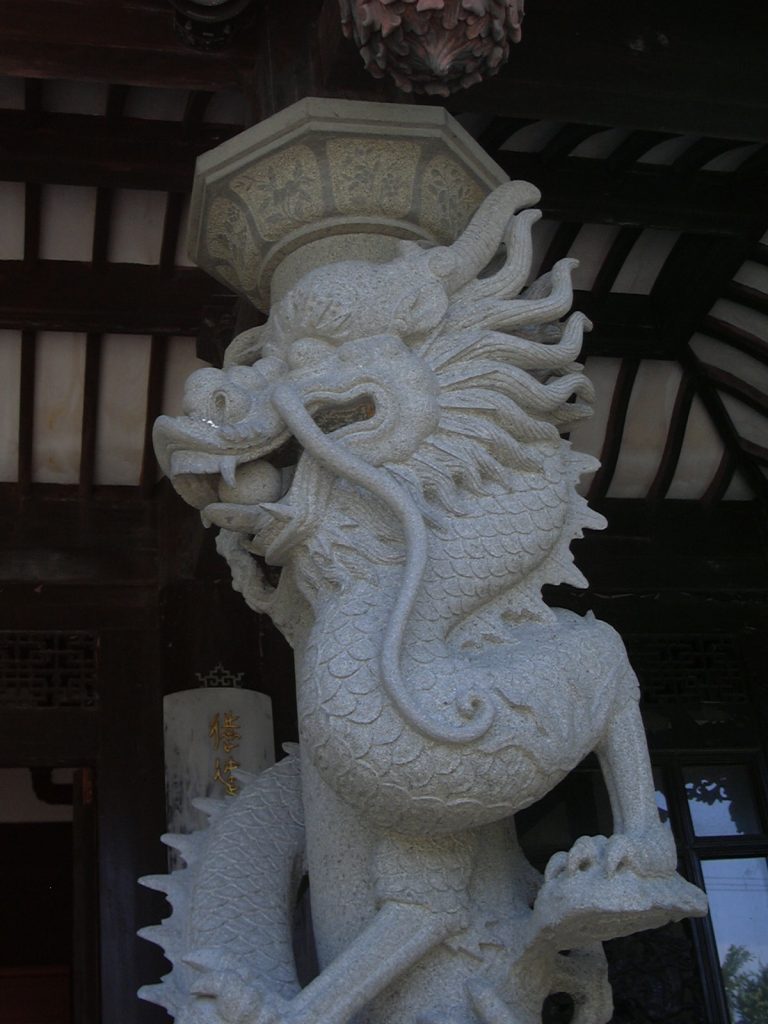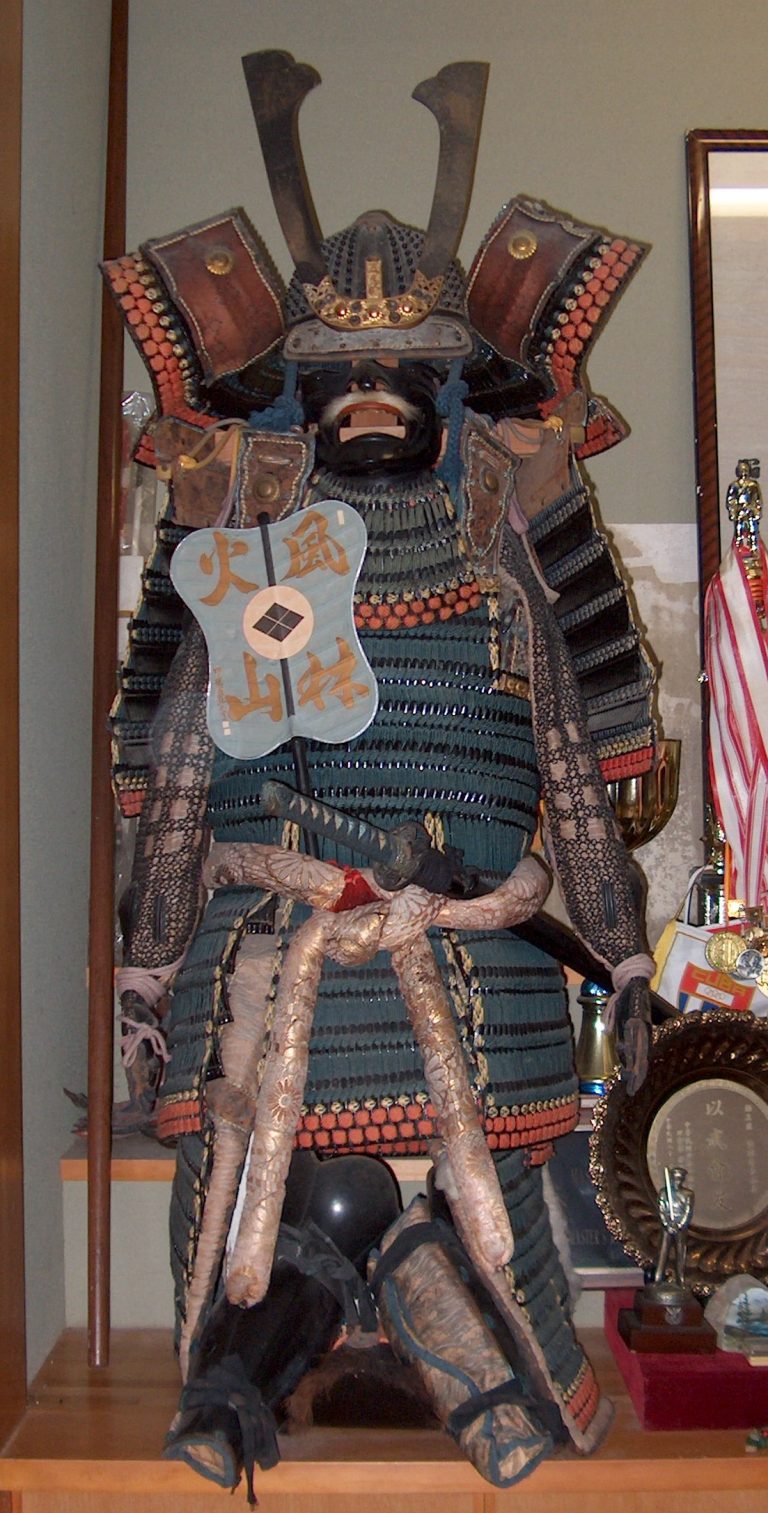The internet is full of material about traditional Okinawan Karate and other martial arts. This page will help people learn a little more about what to expect when training at the dojo but it is just scratching the surface. Those who seek more details and are not finding answers online may contact us directly at MichiganRKC@gmail.com.
Karate literally translates to “empty hand”. Karate was developed on the island of Okinawa, now a prefecture of Japan. The people of Okinawa studied and developed karate most fundamentally as a means of self-protection without weapons. Karate has strikes, throws, holds and grapples.

Karate underwent refinement over numerous generations. The indigenous weaponless fighting systems, referred to as “ti” (hands), were combined with techniques brought back from trade missions, primarily from mainland China. Eventually, schools developed with unique characteristics, resulting in the various styles of Okinawan Karate we see today.

Students at Michigan Ryusyokai Karate Club start with fundamentals; striking, kicking, blocking and stances. They learn the proper form and application of these techniques from a stationary position, then with movement.
Partner drills focus on timing, distance, speed, conditioning and power, with more complex and realistic simulations as the students progress.
Students learn kata (forms) that function as a catalog of fighting applications and also contribute to the student’s ability and strength.
We train with a variety of traditional Okinawan tools that help with understanding of biomechanics, speed and power development, conditioning, and strength training.
Finally, students learn about conflict diffusion, about Okinawan and Japanese culture and language, and about building transferrable personal development skills.
There are only so many ways to move the human body. Students who cross-train in different martial arts may note more similarities than differences. Many martial arts practice forms (kata in karate); they include the various styles of Chinese Kung Fu, Tai Chi Chuan, and Korean martial arts like Tae Kwon Do and Tang Soo Do. Just as Okinawan Karate borrowed much from Chinese martial arts and added it to locally-developed fighting techniques, many Korean martial arts used karate in the same way. A common thread between these systems is the forms.
Disciplines like Judo, Aikido, and Jujitsu emphasize throws or grappling, generally at the expense of striking. Tae Kwon Do and Muay Thai emphasize kicking more than most styles of karate. People often characterize karate as a striking-based martial art, and many schools and styles emphasize this component, but karate does have throws and grapples. Some systems of karate emphasize these to a great degree. As a result, karate offers the opportunity to become a well-rounded martial artist. Yagi Meitoku Dai Sensei, founder of the Meibukan was known to have shared that those who practice empty hand can adapt those skills to fighting with hand-held weapons.

From the mid-20th Century through the present day, various disciplines of martial arts have adopted a sport-based approach, with standardized forms, regulations for point-based sparring and a focus on competition. For many of these groups, the forms become more a performance piece than a catalog of fighting techniques. Matches have rules to protect participants and help judges with scoring. Sparring in traditional schools that do not emphasize competition often looks quite different from sport-based schools.

A key distinction karate has is its Okinawan roots. Many traditional associations of Okinawan Karate have worked to preserve and continue the development of their system within the school rather than adopting a sport approach. Unique characteristics can even be noted between different schools within the same style. These schools have preserved, refined and developed techniques passed down through successive generations.
Michigan Ryusyokai Karate Club is ideal for students who want to push themselves but are not interested in a sports environment or competition circuit. Our instructors work to further the art and pass it along to others with no interest in monetary gain. They have studied with some of the foremost Okinawan Karate masters in the world and are themselves of advanced rank within the Ryusyokai organization. Michigan Ryusyokai Karate Club is the Branch Headquarters for the United States. Students looking for the roots of Okinawan Karate will find them through Michigan Ryusyokai Karate Club. The Ryusyokai page has more on our standards.
Students should maximize the limited class time available by focusing on learning during class, then devote time daily to practicing and studying what they have learned. Keeping a journal often helps. If students can meet for partner training outside of class, this greatly improves progress. Students are not rewarded for “time served”; if someone makes every class but are not practicing on their own, it will be evident. A black belt should not be the end goal of your training. Rank is a measuring stick that assists everyone with how to best collaborate. More information is available on this topic on the Rank page.
